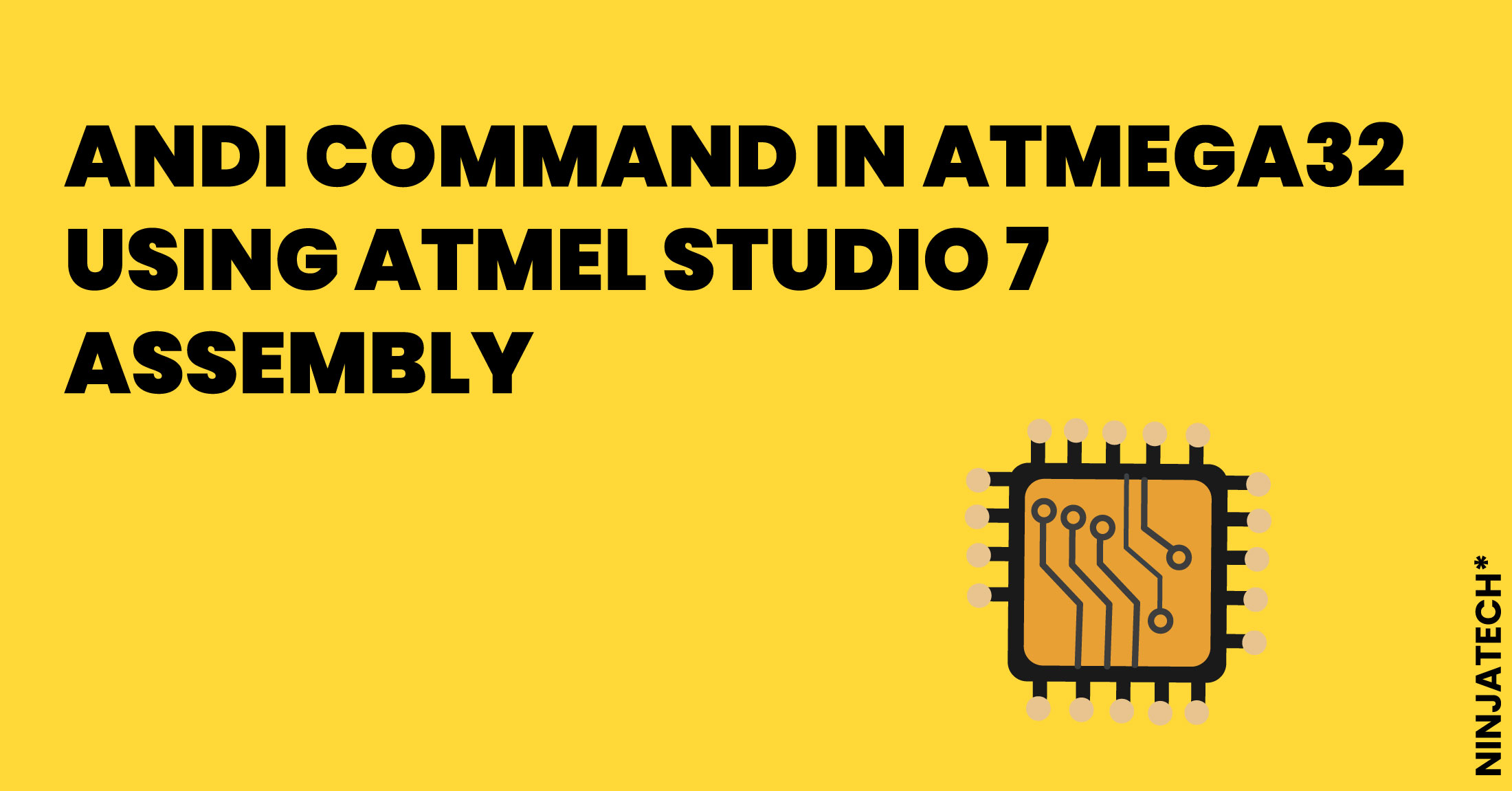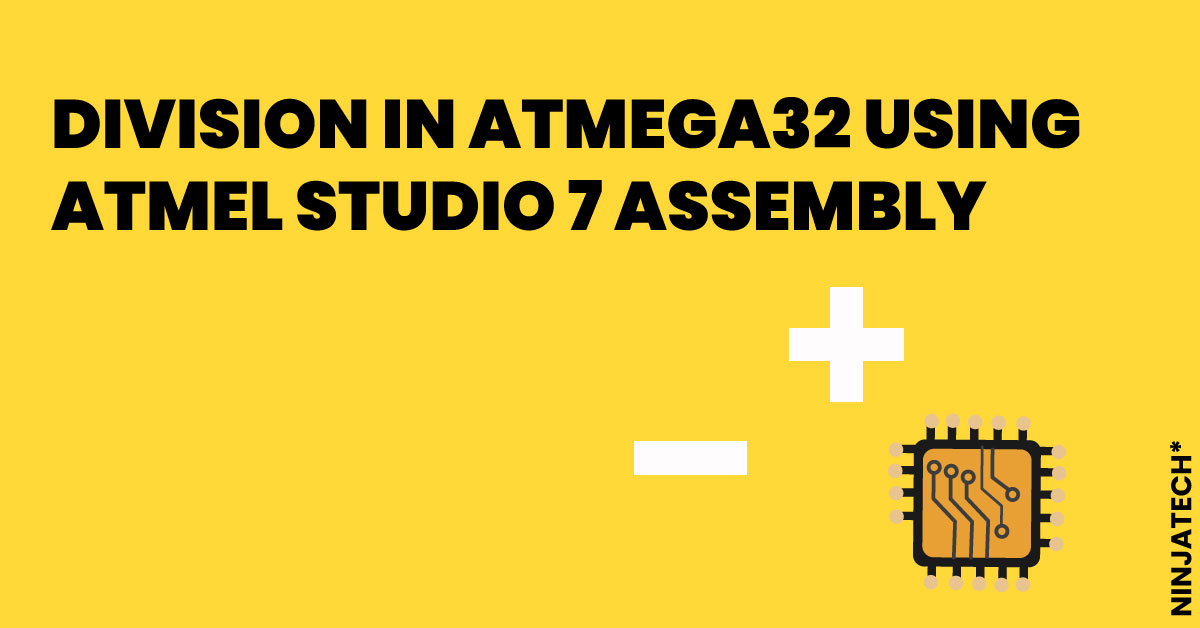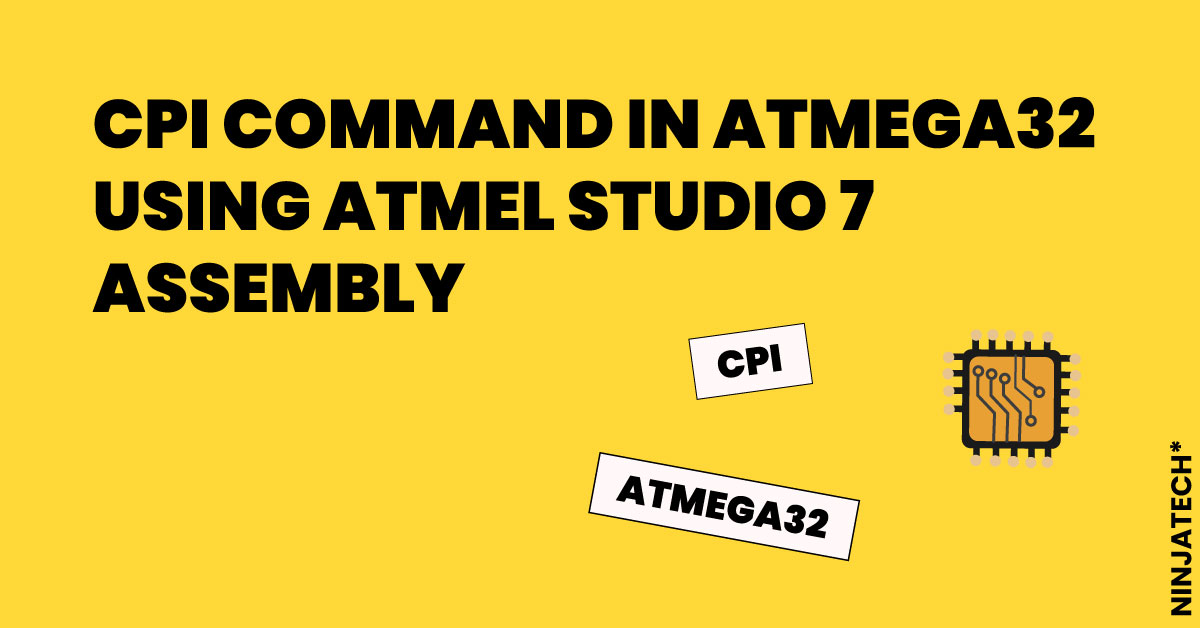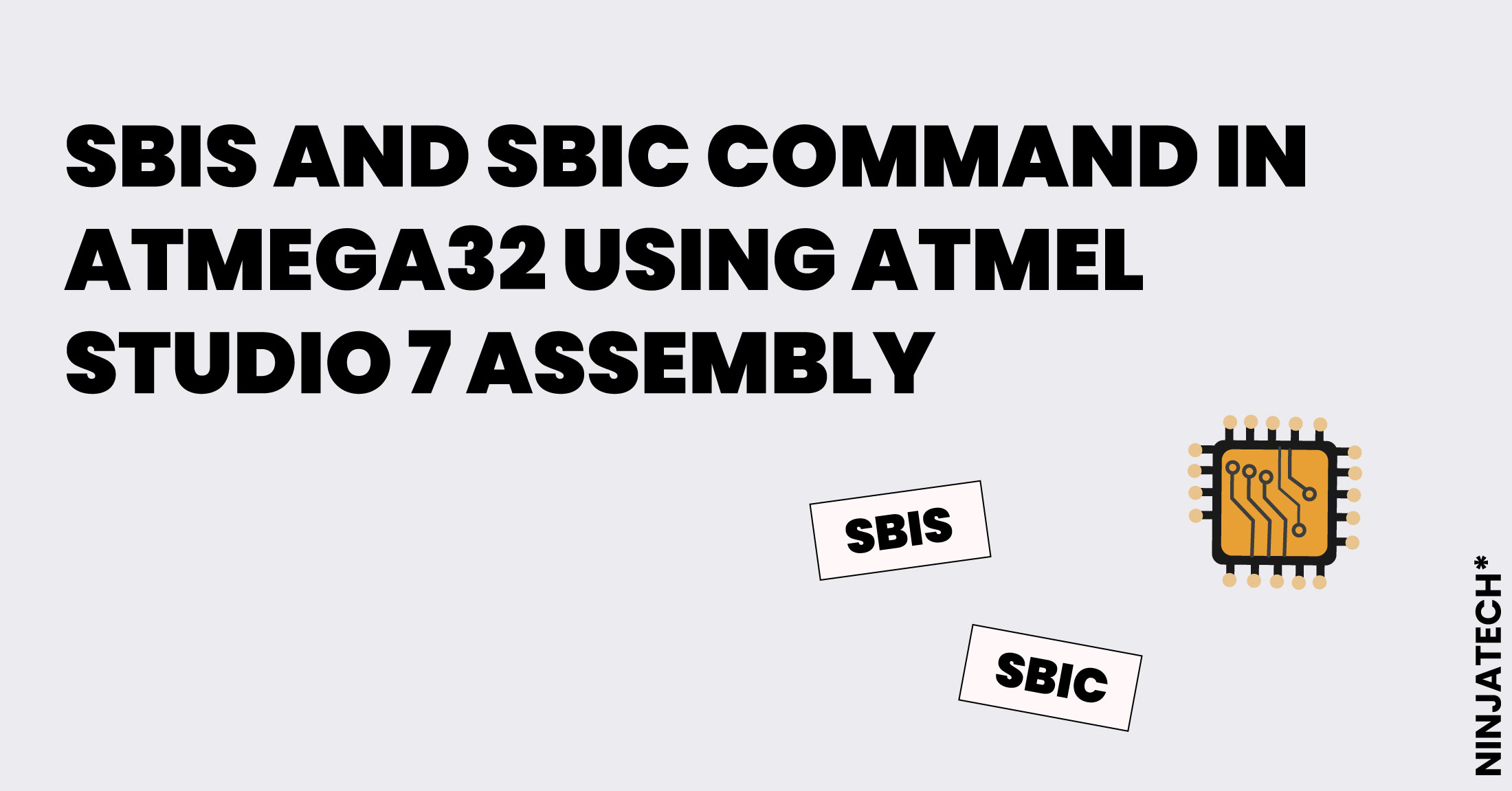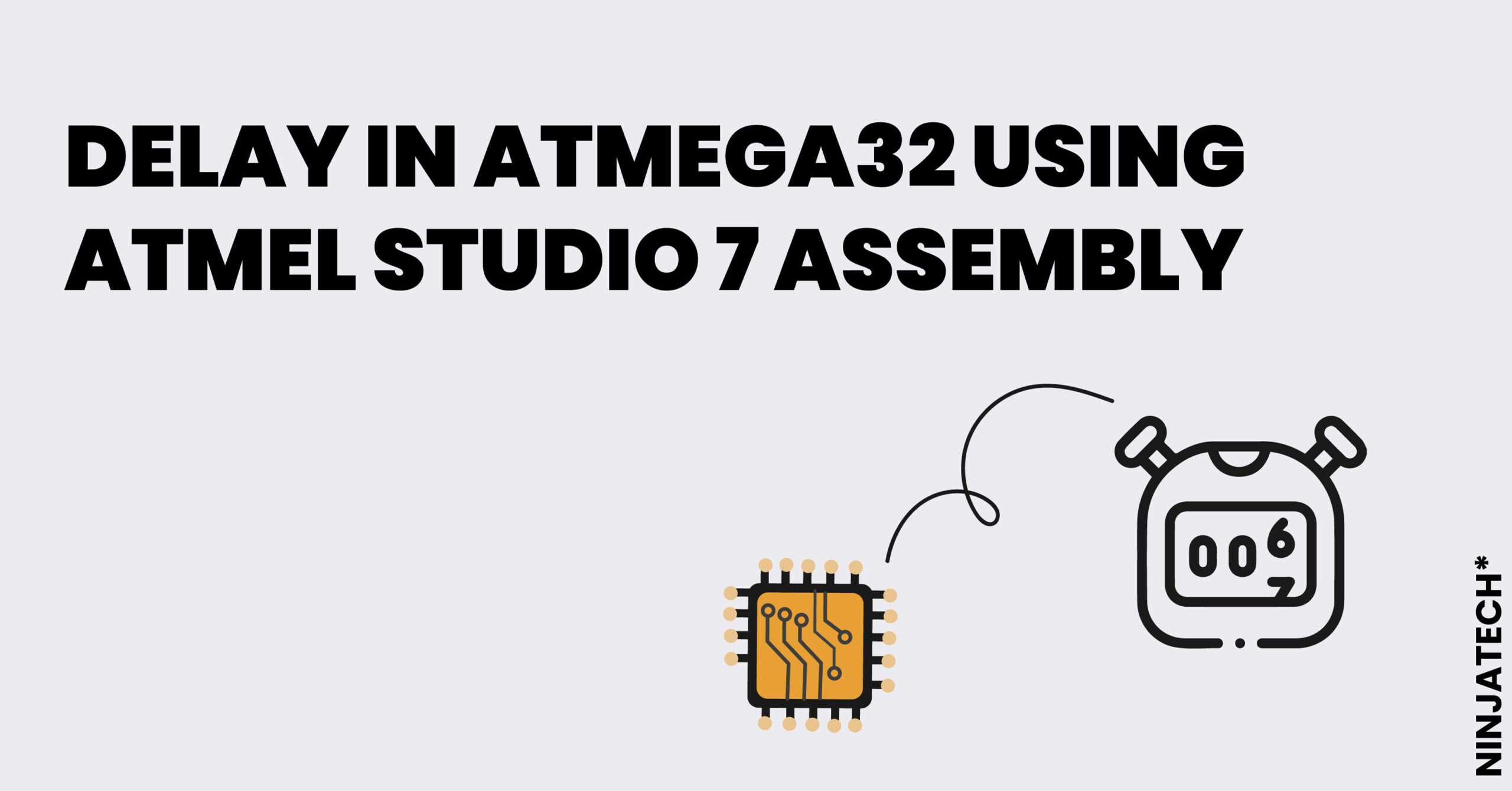Uncategorized

How to Build & Deploy Poweful AI Agents on OnDemand and Earn Big!
.
What if you could build and launch cutting-edge AI solutions without needing a team of experts or spending months on development? Consider a platform that would allow you to quickly access pre-built AI agents, modify them to fit your requirements,…

The Smart Way to Manage Subscriptions and Save Money with GamsGo
.
Subscription services have become an integral part of our daily lives. From Netflix and Spotify to tools like ChatGPT Plus, it feels like there’s always another monthly fee sneaking into our bank accounts. Before you know it, your wallet is…

DOOR ALARM project in Atmega32 using ATMEL STUDIO 7 Assembly
.
Since 1996, Atmel has been developing the AVR family of microcontrollers. These are 8-bit RISC single-chip microcontrollers with modified Harvard architecture. Among the AVR microcontroller types are the ATmega series, which has attributes such an expanded instruction set, a large…

ANDI command in Atmega32 using ATMEL STUDIO 7 Assembly
.
ANDI command in Atmega32 gives the order and applies a logical AND operation to a constant and the contents of register Rd, storing the outcome in the destination register Rd. Let us understand it through a program in assembly language….

How to Download and Install Atmel Studio
.
To ensure that programming Atmel’s microcontrollers is simple and pleasurable, we must first ensure that the system prerequisites are met. Installing Atmel Studio is rather simple.Web installers and offline installers are the two types of installers that are now available….

Division in Atmega32 using ATMEL STUDIO 7 Assembly
.
Unsigned integers (often called “units”) are just like integers (whole numbers) but have the property that they don’t have a positive + or negative – sign associated with them. Thus, they are always non-negative (zero or positive). Let us understand…

CPI command in Atmega32 using ATMEL STUDIO 7 Assembly
.
The CPI command in Atmega32 with ATMEL STUDIO 7 Assembly stands for “Compare Immediate.” Without changing the register itself, it is utilized to compare a register with an instantaneous value. Depending on the outcome of the comparison, the CPI instruction…

DELAY in Atmega32 using ATMEL STUDIO 7 Assembly
.
The ATmega32 AVR microcontroller’s software may produce a time delay by using the delay function. The function is installed together with Atmel Studio and is a part of the GNU library. While software delay functions are useful for short applications…

LED PATTERN in Atmega32 using ATMEL STUDIO Assembly & PROTEUS
.
Here is a solution and code for LED PATTERN in Atmega32 using ATMEL STUDIO. Blinking an LED with a delay is the initial step in programming a microcontroller, much to writing “Hello World” in C or C++. An extremely well-liked,…





